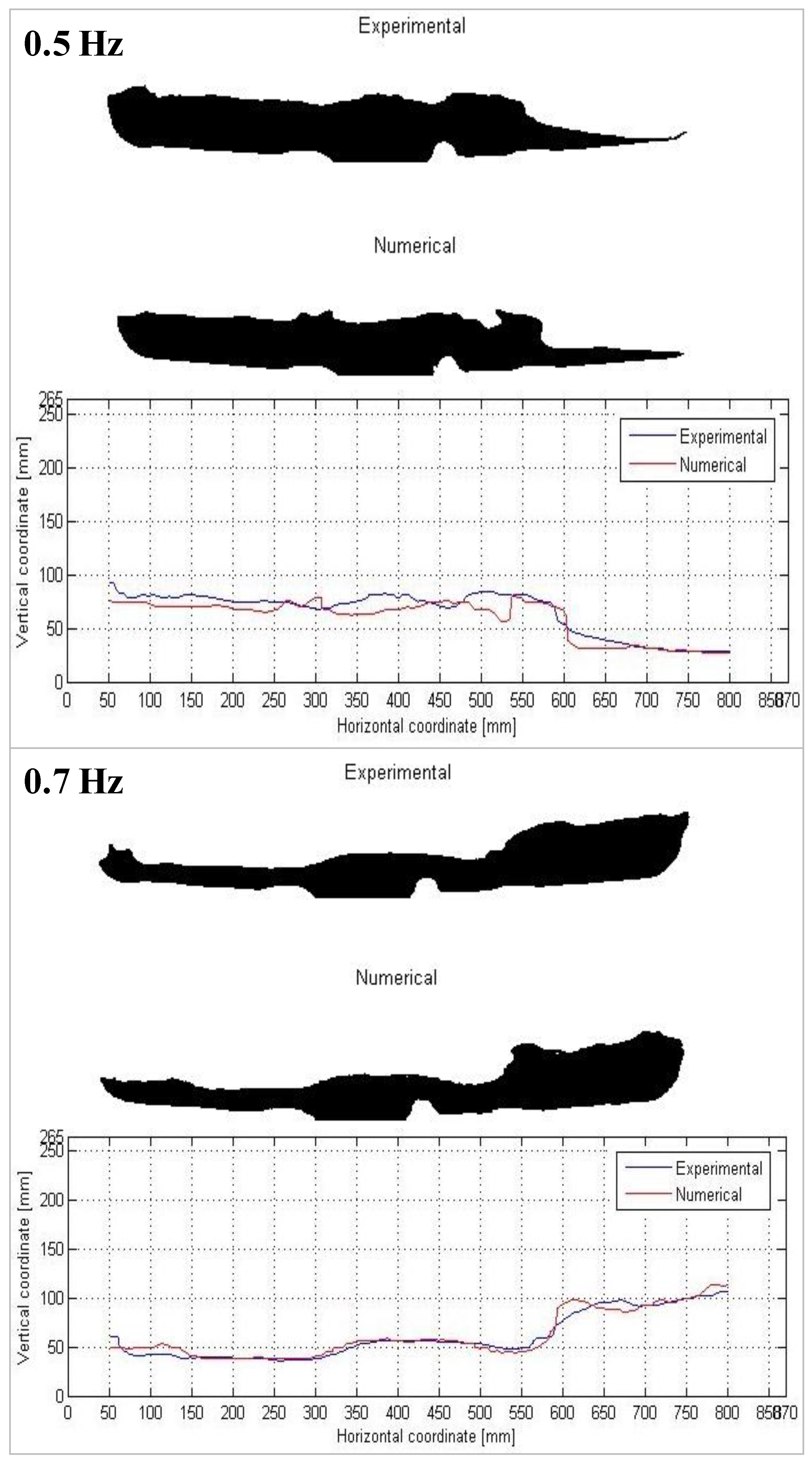

In response to students' requests to use Rimmer's videos over Ghrist's videos, Gressman said that the two video series serve different purposes that cannot replace one another. Ogunmuyiwa said a simple solution to reconcile students' grievances with the Math department is to use Rimmer's pre-recorded videos, which cover the previous MATH 104 curriculum, as the basis for the class. “ would say, this is the problem, this is how you solve the problem, and this is what the problem means, and then in the Ghrist’s videos, if it goes into practice problems, they would be really complicated and very niche," he said. Ogunmuyiwa juxtaposed Rimmer's "straight-to-the-point" videos with Ghrist's more "complicated" videos. “I'm able to supplement Ghrist's videos with my videos as well and students seem to like that.”

“I take what's within the videos, and I try to expand further, like do some further explanation to give more examples,” Rimmer said. Rimmer has provided students with the videos he recorded to teach MATH 104 summer sessions to supplement Ghrist’s videos. Professor Nakia Rimmer posts videos on his YouTube channel that supplement Ghrist's videos. “I feel much better when I'm being talked to over Zoom.” “It's difficult to learn just from the videos,” Hargest said. "Ĭollege first year Johnathan Hargest agreed, adding that MATH 104 is the class he spends the most time on and has to find other resources online to really understand the material. "It's like if you give a child a puzzle but you don't give them the final picture. “The videos don't really explain everything and just gives us a bunch of details, and they don't really cover overarching topics or overarching concepts that we're supposed to be learning,” Ogunmuyiwa said.

Ogunmuyiwa described the videos as “scavenger hunts," where he has to shift through many parts of the video that focus on small details that do not help him understand the main concept. Students added that Ghrist's MATH 104E videos are difficult to follow, forcing them to supplement the videos with outside resources and extra videos pre-recorded by Rimmer. “They just basically replied that our professors are prominent in their field, and they know what they're doing,” he said. Ogunmuyiwa said he felt that the Math department's response was unhelpful and dismissive of students' concerns.

"When we ditched our book, we burned a bridge.” “Reverting to old MATH 104 is not something which is really even possible right now," he said. 13, two days after the petition was created, to acknowledge the concerns outlined in the petition and announce that it would not change the new curriculum. Gressman said the Math department emailed all students enrolled in MATH 104 on Sept. Previously, students were required to pay for Pearson textbooks and access codes, which would amount to over $100, in order to access and complete online homework on Pearson MyLab Math online platform. “We also wanted to end our relationship with our former textbook publisher, because we had perceived that the quality of the product that our students had been receiving was declining over the years and that the prices were going up over the years,” he said. The move was also made as a way to cut ties between the Math department and the textbook publisher, Pearson, Gressman said. He said the old MATH 104 curriculum rewarded automatic computation skills and the ability to memorize formulas. Gressman said that the curriculum changes, which the Math department began working on in April, were put in place to not only prepare for continued online learning in the fall but to help students understand the material on a more conceptual level. Math 104 professor and course coordinator Philip Gressman. Students criticize the change, saying that a lot of the content is specific to engineering fields and the videos are difficult to follow. The new MATH 104 curriculum follows videos uploaded by former MATH 104E professor Robert Ghrist, which he started recording in 2012, that students watch asynchronously, and synchronous class time during which the professor addresses any questions and discuss problem solving techniques, MATH 104 professor Nakia Rimmer said. Now, all MATH 104 sections are taught under the MATH 104E curriculum, prompting student backlash and concerns about the course's increased difficulty. Some students taking Math 104 have found it difficult to learn from the asynchronous videos provided by the Math department.īefore this fall semester, MATH 104: Calculus, Part I - a course widely taken among first-year students - consisted of sections for any students in College, Wharton, and Nursing and one section specifically for Engineering students called MATH 104E.


 0 kommentar(er)
0 kommentar(er)
